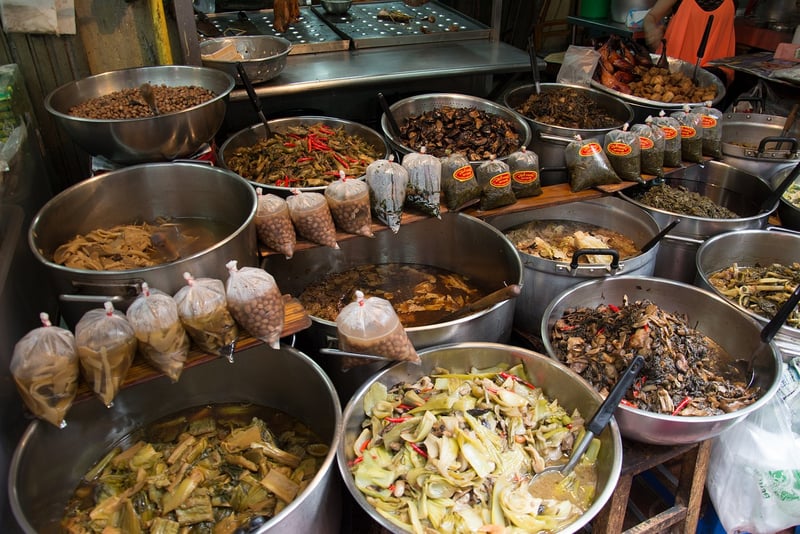East Meets West
Blending Culinary Traditions: Where East Meets West

When it comes to food, the merging of culinary traditions from the East and the West creates a beautiful tapestry of flavors and techniques that delight the senses. The fusion of these two distinct culinary worlds results in dishes that are not only delicious but also tell a story of cultural exchange and innovation.
Exploring Flavor Combinations
One of the most fascinating aspects of blending East and West culinary traditions is the exploration of unique flavor combinations. For example, incorporating traditional Asian spices and herbs into Western dishes or vice versa can lead to unexpected and delightful taste experiences.
Techniques and Cooking Methods
Another exciting aspect of this fusion is the merging of cooking techniques. The precise and intricate methods of Asian cooking can be paired with the bold and hearty techniques of Western cuisine to create dishes that are both visually stunning and incredibly flavorful.
Ingredients as Cultural Bridges
Ingredients play a crucial role in bridging the gap between East and West. The use of staple ingredients from both culinary traditions can create harmony on the plate and showcase the best of both worlds.
Popular East Meets West Dishes
- Sushi Burrito: A fusion of Japanese sushi flavors wrapped in a convenient burrito form.
- Ramen Burger: A burger with buns made of ramen noodles, blending American and Japanese elements.
- Kimchi Tacos: Korean kimchi served in a Mexican taco, combining spicy and savory flavors.
- Matcha Tiramisu: An Italian classic dessert with a Japanese green tea twist.
Embracing Diversity on the Plate
Ultimately, blending East and West culinary traditions is a celebration of diversity on the plate. It allows for creativity, innovation, and a deeper appreciation of different cultures through the universal language of food.
Next time you sit down for a meal, consider the rich tapestry of flavors that can be created when East meets West in the kitchen.
Image Source: Pixabay
